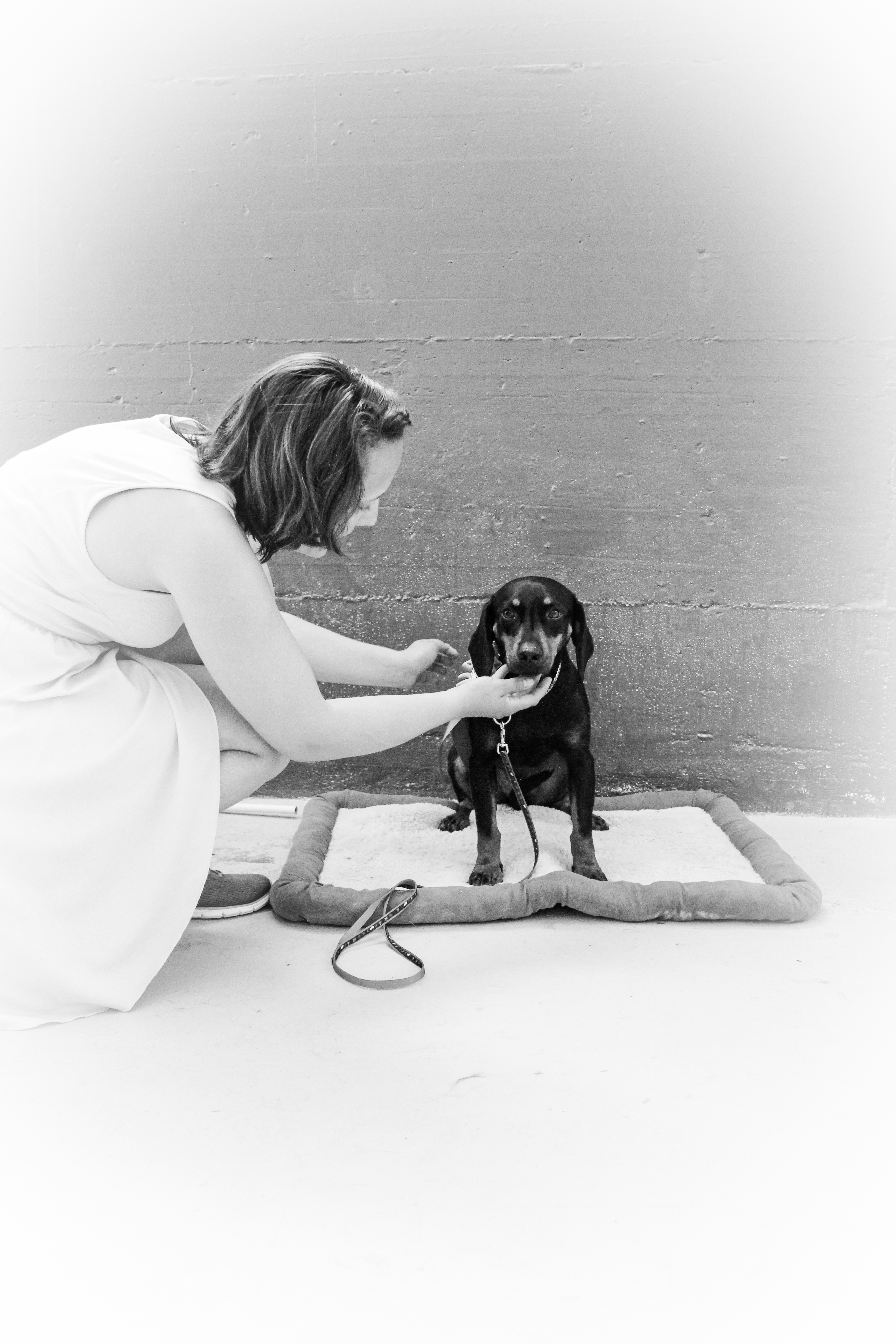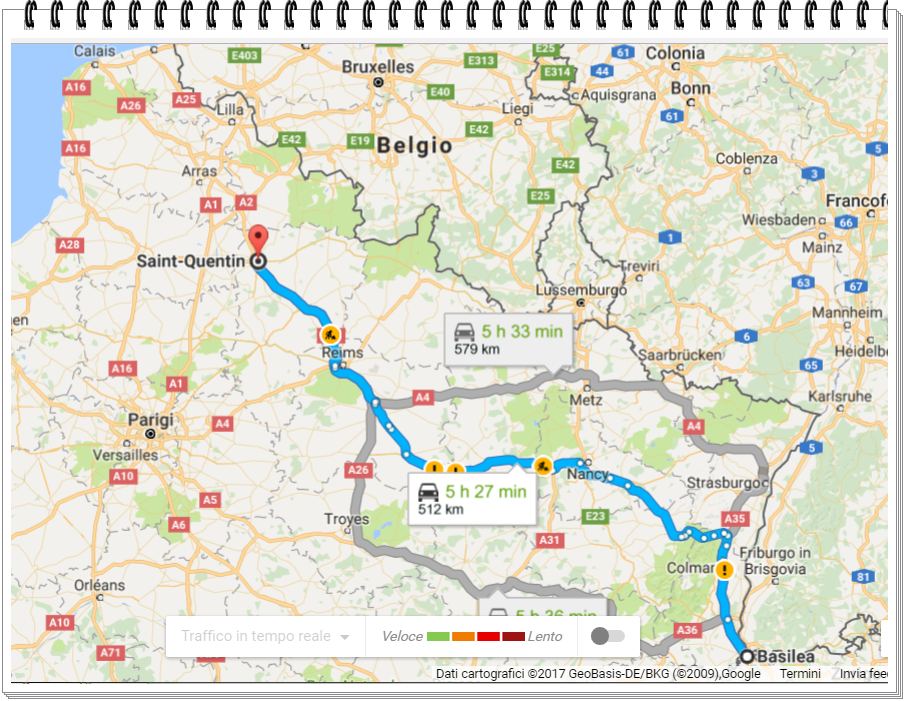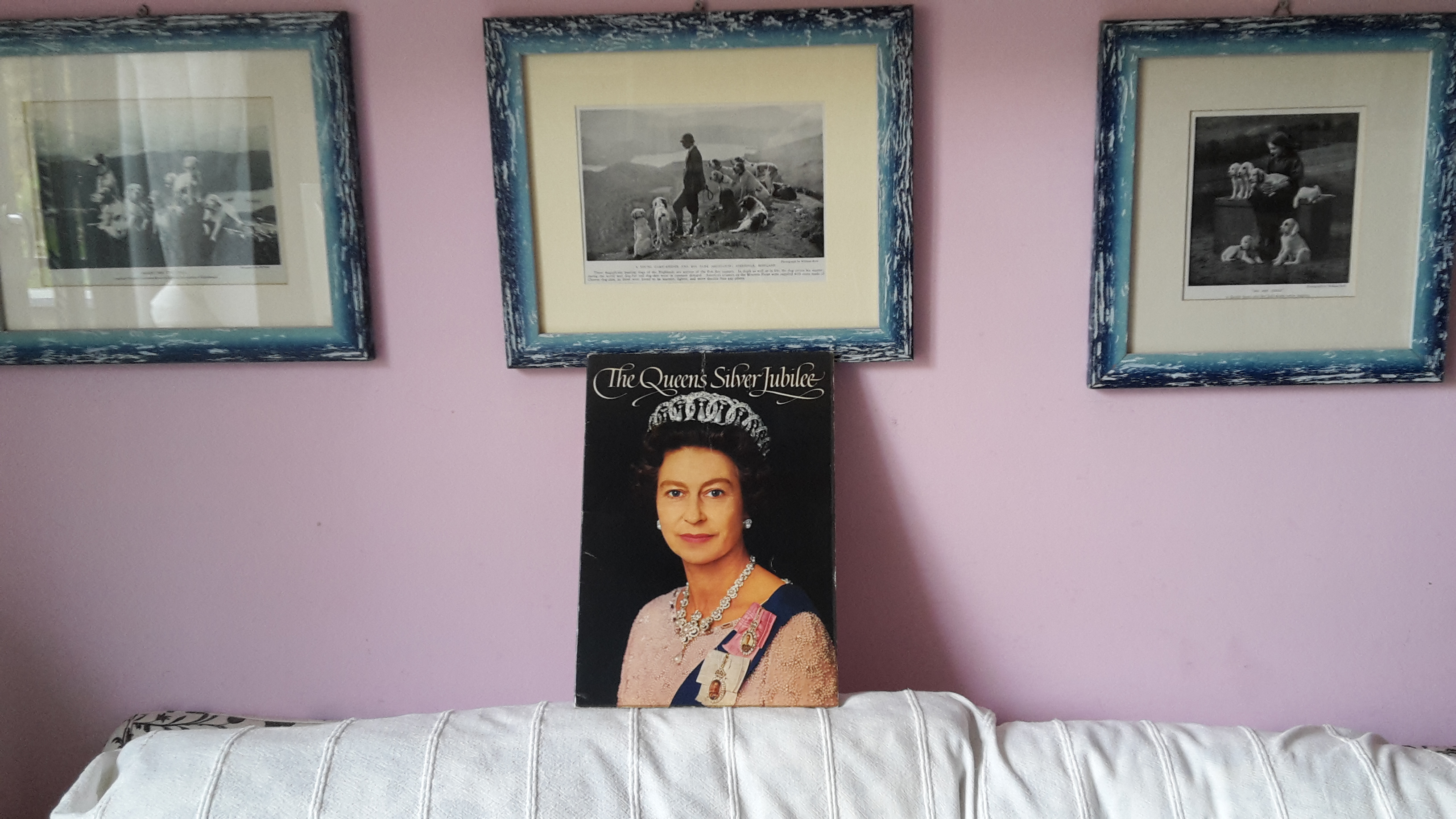
Entering a trial Italy vs UK part II: UK
After discussing Italy here, what about the United Kingdom? How do you enter a trial? First of all, if you do not live in the UK and your dog is not registered with their Kennel Club, you have to go through the Kennel Club website and fill out an application form to get an ATC (Authorization to Compete) number. You can choose between two options: getting an ATC number alone; getting an ATC number and register your dog microchip number at Petlog. This second option is more expensive, but worth: if your dog get lost, having his microchip been registered in the Petlog database, would make a reunion easier. Once you have an ATC number, you can formally enter the dog in trials. Warning: the whole procedure might take up to three weeks.
I do not know how things work for HPRs (Continental Pointing Dogs, but trials for British Pointing Breeds take place only during specific times of the year. There are two weeks on grouse in March; one week on partridge in April; almost a month on grouse (mid July/mid August) and, finally one more week on partridge in September. The total number of trials is therefore extremely limited, if compared to the number of trials taking place in Italy during a year (hundreds!) and makes getting a run quite complicated. With the calendar at hand, you have to find the contacts of the club organizing each trial, get a specific entry form, fill it out and return it to the club secretary before the deadline, together with the entry fees. The most complicated thing, for those abroad, is paying the fees in advance. All the clubs accept cheques but it is impossible to send a cheque in sterling from abroad, which makes things complicated for a foreigner. Some clubs accept foreigners to wire money through a bank, others are ok with you paying at the venue…
In the form you have to fill out you have to write the dog’s name and date of birth; his/her parents names; the breeder, the owner and the handler names and so on. You should not forget the breed and whether he has already gained any awards in British trials as this would allow him to enter the Open stake more easily. British trials have three option when it comes to stakes: Puppy; Novice and Open. Puppy Stakes are for dogs younger than 2 years who had never qualified; Novice Stake is for dogs of every age who have never won a 1st or 2nd place in a Novice Stake (or Puppy Stake) and Open Stakes are for those who did! To become a Field Trial Champion, a dog must win two Open Stakes. Field trial rules remain the same regardless of the stake, but judges can be “kinder” towards dogs who run in Puppy and Novice Stakes. Is it difficult for a foreign dog to enter a trial and, more specifically, run in an Open Stake? I think it depends on the trial and on the time of the year: whilst Open Stakes are Open to all dogs, the dogs who had qualified 1st or 2nd in Novice and Puppy Stakes are allowed to run only in Open, hence are given priority. Trials run in Northern Scotland are usually less crowded that those run in England and, I was told, March Trials are less popular. Are Puppy and Novice Stakes easier to get in? My experience is extremely limited, but I think they are. What we shall remember is that stakes usually accommodate a maximum of 40 dogs (and each trial has ONLY one stake, not three, four or more like in Italy), and the extra dogs become “reserves” (= they are placed on a waiting list). Reserves that cannot get a run will get their money back. Being member of the club organizing the trial and having had placements in the past proved more chances to get a run.
Still curious about British trials? Check the section A Month on the Moor or click here.







2 commenti
Pingback:
Pingback: